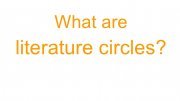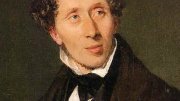 The Renaissance in Europe was in one sense an awakening from the long slumber of the Dark Ages. What had been a stagnant, even backsliding kind of society re-invested in the promise of material and spiritual gain. There was the sincerely held belief that humanity was making progress towards a noble summit of perfect existence. How this rebirth – for Renaissance literally means rebirth – came to fruition is a matter of debate among historians. What cannot be debated is that humanity took an astounding leap forward after hundreds of years of drift. The fourteenth through the sixteenth centuries in Europe witnessed a deliberate break with feudal modes of living. Aristocratic landowners lost their hegemony over the lower classes, as opportunities for growth and enrichment beckoned from the swelling urban centers. In Italy, for example, educated citizens rediscovered the grace and power of their classical, pagan traditions. Greek and Roman mythologies and philosophies served as the inspirational material for a new wave of artistic creation. Intellectuals adopted a line of thought known as “humanism, ” in which mankind was believed capable of earthly perfection beyond what had ever been imagined before. The overwhelming spirit of the times was optimism, an unquenchable belief that life was improving for the first time in anyone’s memory. Indeed, the specter of the Dark Ages and the Black Death were still very fresh in people’s minds, and the promise of moving forward and away from such horrors was wholeheartedly welcome.
The Renaissance in Europe was in one sense an awakening from the long slumber of the Dark Ages. What had been a stagnant, even backsliding kind of society re-invested in the promise of material and spiritual gain. There was the sincerely held belief that humanity was making progress towards a noble summit of perfect existence. How this rebirth – for Renaissance literally means rebirth – came to fruition is a matter of debate among historians. What cannot be debated is that humanity took an astounding leap forward after hundreds of years of drift. The fourteenth through the sixteenth centuries in Europe witnessed a deliberate break with feudal modes of living. Aristocratic landowners lost their hegemony over the lower classes, as opportunities for growth and enrichment beckoned from the swelling urban centers. In Italy, for example, educated citizens rediscovered the grace and power of their classical, pagan traditions. Greek and Roman mythologies and philosophies served as the inspirational material for a new wave of artistic creation. Intellectuals adopted a line of thought known as “humanism, ” in which mankind was believed capable of earthly perfection beyond what had ever been imagined before. The overwhelming spirit of the times was optimism, an unquenchable belief that life was improving for the first time in anyone’s memory. Indeed, the specter of the Dark Ages and the Black Death were still very fresh in people’s minds, and the promise of moving forward and away from such horrors was wholeheartedly welcome.
Several threads can be said to tie the entire European Renaissance together across the three centuries which it spanned. The steady rise of nationalism, coupled with the first flourishing of democracy, were traits common to the entire Continent. The first inklings of a middle class began to gain power in the cities, as trade and commerce became full enterprises in their own right. With the fear of contagion a distant bad memory, and people eager to get out of their homes and see more of the world, international and even global trade began to surge forward. Along with products and wealth, ideas also spread from one nation to another. Fashions in Venice soon became the fashions in Paris and eventually London. Speaking of the British Islands, the well-known practice of young privileged men “touring” the continent first began during the Renaissance. The ideas these travelers brought back to their homelands would influence culture, government, literature and fashion for many years thereafter. Until the Renaissance, Britain was regarded as something of a wilderness, lacking culture and refinement. Even the English language was disdained. The preeminent English philosopher Thomas More published his in Latin, and a vernacular English translation did appear until decades afterward.
Source: www.online-literature.com
You might also like:
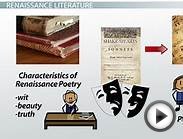
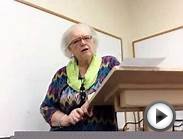
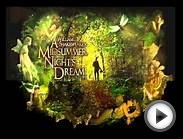
Related posts:




